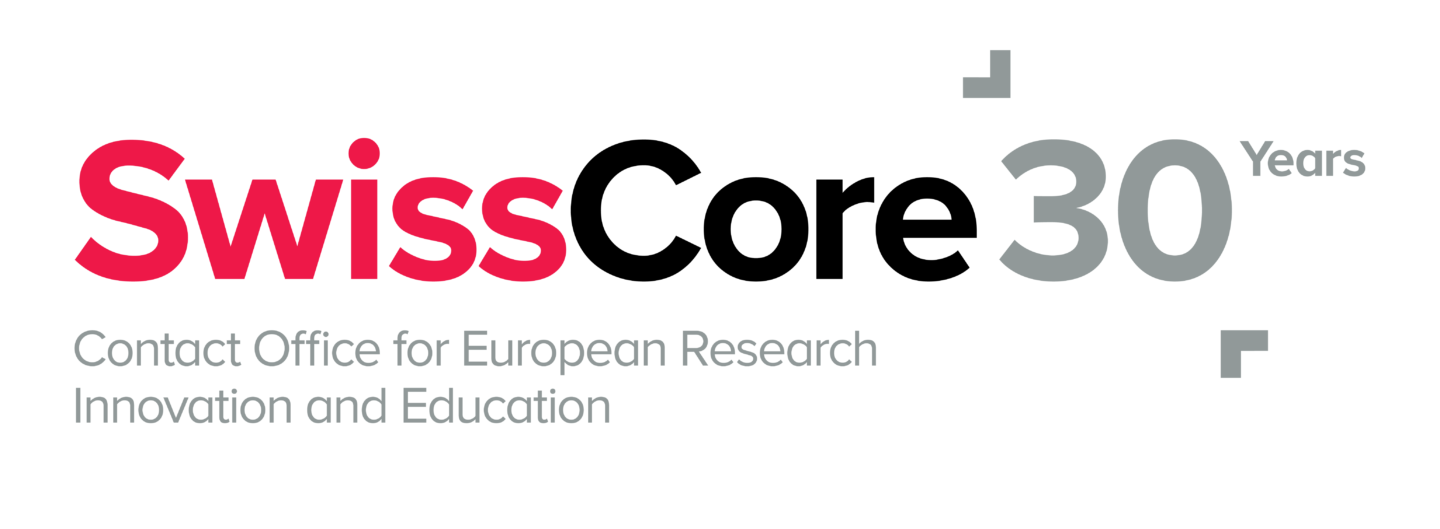The EC published the first Biennial Monitoring Report on the European partnerships, which aims to provide key evidence to guide their future implementation.
On 16 May 2022, the European Commission (EC) published the first Biennial Monitoring Report (BMR) on the partnerships in Horizon Europe. It was drafted by the Commission Expert Group in cooperation with the Common Missions & Partnerships Service at the Common Policy Centre of DG Research and Innovation (DG RTD). The report aims to provide key findings and figures to facilitate the implementation of the partnerships, and monitor the effectiveness of the new policy approach of the Horizon Europe Partnerships. Thus, by analysing the impacts of the partnerships and their contribution to achieving the EU’s objectives, the report provides inputs into how the future of the partnerships will or should evolve. However, as only 37 of the Horizon Europe partnerships have officially been launched very recently at the time of publication of the BMR, there is still only limited data available on their performance. Therefore, the observations in this first BMR are largely based on data from Horizon 2020 partnerships. The future BMRs are planned to be published in 2024, 2026 and 2028, mainly covering the same content, but addressing some different cross-cutting themes.
This BMR contains a number of factsheets on the performance of the European Partnerships, covering topics such as budget commitments, contributions of the partnerships to the twin digital and green transitions or the UN Sustainable Development Goals (SDGs), widening countries, or the creation of networks. As an introduction, the BMR explains the policy context of the European Partnerships, the path from Horizon 2020 to Horizon Europe, and the Strategic Coordinating Process. The report finds that the number of partnerships in Horizon Europe is considerably lower than in Horizon 2020. Some Horizon 2020 partnerships are discontinued in Horizon Europe or multiple Horizon 2020 partnerships are merged into a larger Horizon Europe partnership. Furthermore, some Horizon 2020 partnerships were reformed and continued in Horizon Europe. Some completely new priorities were added, for example, the European Partnership for Pandemic Preparedness or the European Open Science Cloud.
Moreover, the report examines the partnerships’ contribution to numerous objectives: It outlines the different financial contributions from the Member States and Associated Countries, the success rates of proposals and their outputs, and contributions to the key European objectives, such as the twin green and digital transitions or resilience. The report finds that 67% of the Horizon Europe partnership resources are foreseen to contribute to the Green Deal objectives, 33% are planned to contribute to the digital objectives, and 36% are planned to contribute to the resilience objectives. This represents a significant increase compared to the Horizon 2020 partnerships, especially in the case of the digital objectives, where the share of resources allocated towards them is more than twice the amount as in Horizon 2020 (a 107% increase). Additionally, the report analyses contributions to the nine Key Impact Pathways (KIPs) of Horizon Europe in the categories of scientific impact, economic or technological impact, and societal impact. The BMR uses six common indicators to effectively monitor the European partnerships: i. additionality and ii. directionality; iii.transparency and iv. openness; v. coherence and vi. synergies. Furthermore, the BMR also discusses the benefit of the European partnerships, focusing again on the impact of Horizon 2020 partnerships as the Horizon Europe partnerships have not yet progressed enough to analyse their impacts fully. The report studies the impact of the partnerships based on available literature or ERA-learn country reports, assessing that they have been instrumental in promoting mutual learning and increasing international collaboration in research & innovation.
The third chapter focuses on the country level, taking into account different indicators such as the number and proportion of the total partnerships or partnership categories, financial contributions, thematic priorities, collaboration and success stories. The report then provides so-called ‘country fiches’ for the 27 Member States, Iceland and Norway, that describe the situation of the Horizon 2020 partnerships in the respective country. Finally, the BMR provides so-called ‘partnership fiches’, organised by cluster, containing general information on several partnerships. The partnership fiches cover basic information such as the name and type of partnership and its budget, its mission and objectives, the central SDGs that it contributes to, and the Partnership Specific Impact Pathways (PSIPs). Additionally, they also cover the most relevant partnership-specific Key Performance Indicators (KPIs), specific examples of success stories, or expected results of the partnership, and an overview of the members of the partnership in terms of geographical coverage and different types of members, such as universities, research organisations, small and medium-sized enterprises (SMEs), industry, public authorities and others. Although the partnership fiches are consistent with legally binding documents, such as the Strategic Research and Innovation Agenda (SRIA) or Annual Activity Report, the content of the partnership fiches itself is not legally binding or exhaustive. Readers of the BMR are urged also to consult the EC website or the individual partnership websites to receive additional information.

